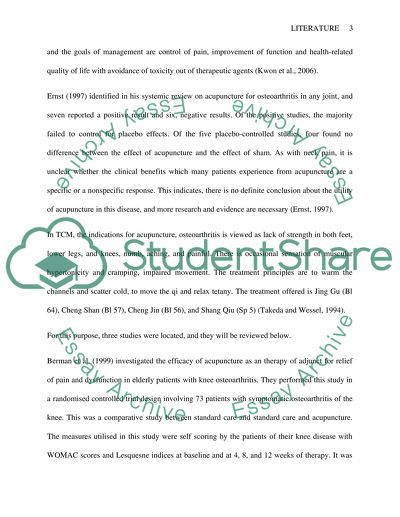Cite this document
(“Foundation in Acupuncture Essay Example | Topics and Well Written Essays - 1500 words”, n.d.)
Retrieved from https://studentshare.org/health-sciences-medicine/1505112-foundation-in-acupuncture
Retrieved from https://studentshare.org/health-sciences-medicine/1505112-foundation-in-acupuncture
(Foundation in Acupuncture Essay Example | Topics and Well Written Essays - 1500 Words)
https://studentshare.org/health-sciences-medicine/1505112-foundation-in-acupuncture.
https://studentshare.org/health-sciences-medicine/1505112-foundation-in-acupuncture.
“Foundation in Acupuncture Essay Example | Topics and Well Written Essays - 1500 Words”, n.d. https://studentshare.org/health-sciences-medicine/1505112-foundation-in-acupuncture.


